- Book: A Practical Guide to Magic in Nature
- Author: Jessica Lahoud – website
- Publisher: Rockpool – Product Page
- RRP: $29 AUD / £15 GBP / $20 USD
- ISBN: 978-1922786494
- Review by: Kim Goldsmith – website
A Practical Guide to Magic in Nature is a useful compendium on how to incorporate herbs, crystals, moon cycles, animals and other aspects of nature into your magic practice. Rather than being didactic, the author encourages using the book in a dynamic and creative way to build your own rituals wherever you live and with whatever you have at hand. Everyone can use this book to help them see magic in the simplest aspects of the natural world.
A Practical Guide to Magic in Nature has a clean and modern design that is easy to navigate, and beautiful to flick through. The book is small and compact with hardcover and gold embossed titling on the front and spine. The inside cover pages are adorned with green-gold botanical patterns reminiscent of wall paper, and the text pages are beautifully interspersed with natural history illustrations of plants, animals, and planets, which gives it a nostalgic Victorian-era feel.
The book is divided into six parts: crystals, plant magic, animals, celestial bodies, the elements and the magic in you. The first five parts explore aspects of nature external to us like crystals, fruit, animals, planets or the elements (fire, air, water and earth), which form the ingredients for your rituals. Recipes for broths and tinctures, sample activities like candle-making, and symbolic meaning are all there. Part Six: The Magic in You, however, focuses on how to prepare for working with magic in nature, describing methods for clearing your energy and care for your wellbeing while preparing your rituals. The book wraps up with an appeal for us all to mindfully consider our place and connection to nature.
Each chapter has a general introduction, an explanation of how to use the listed items, a breakdown of how to read the profiles of the catalogued item, followed by a concise inventory of profiles for you to refer to. The information is presented in a clear and user-friendly format, ideal for quick referencing materials or getting inspiration for new ways of incorporating nature into your daily magic practice.
What did you enjoy? Describe how the author’s style and delivery resonates with you.
I see myself as a ritual-maker, collecting feathers, crystals and stones to add to my tarot reading table at home. But in terms of magical practice, I feel like I am curious but have always thought of it as something remote or abstracted from everyday life – something ancient, mystical and inaccessible. The premise of A Practical Guide to Magic in Nature is to enable people like me to realise the magic in the everyday and to make it more relatable. Jessica Lahoud states in the introduction (p.3-4) that “…it’s important to me that when you are given information about working with magic in nature, it is presented in a way that does not intimidate you from participating, but rather invites you to join in with the natural items that you already have at home or can easily acquire”. What I really love is the pragmatic style of the author – Lahoud certainly peppers the book with really specific and simple recipes for making botanical jewellery, a ritual bath, or why we use different coloured candles in spells so the reader can appreciate the meaning behind a ritual, rather than blindly following a set of instructions. The overall aesthetic of the book and how it condenses so many different aspects of ritual practice is impressive.
I also really appreciate the emphasis on using materials in your local environment or garden. Sustainability and respect for cultural traditions are recurring themes in the book – ethical sourcing, avoiding using anything rare or endangered, and only using animal parts in a respectful way.
Lahoud’s ethical principles encourage “connection over commercialism” (p.6). In the past, I have collected a few Full and New Moon tarot spreads and spells in my tarot journal which I have wanted to try but I have been put off by the long list of crystals, candles, oils and exotic paraphernalia I would have to purchase. It always seemed like an expensive and impossible task, but now I have a fresh way to modify these rituals thanks to this book.
The occasional feature pages for particular items are really interesting. Did you know that citrine is rare and most sold on the market today are actually heat treated or irradiated pieces of pale amethyst? I love the way Lahoud manages to alter my perception of aspects of nature that I take for granted. For instance, the focus page on the humble chicken shows great reverence for this bird many of us associate with food. The description of it as a symbol of family, resourcefulness and adaptability provoked me to consider it in a new light.
What if anything did you not enjoy?
Lahoud suggests you can use the book to “explore cross-references” (p. 5) so if for instance, a certain plant isn’t available in your local area, you can use something else available to you. In practice I was a little confused where to start. I wanted to substitute Angelite and Aquamarine needed for a New Moon Ritual with crystals I already had, so I looked for each in the book. Part One: Crystals, offers practical and energetic methods for cleaning and caring for your crystals as well as suggested uses, such as crystal grids or meditation. The A-Z crystal profiles include the name, organ/meridian, chakra, Moh’s hardness, element and physical properties. The accompanying photos and illustrations are large and clear to help you easily identify stones in your collection, although not every one is pictured.
Both Angelite and Aquamarine are blue-green, so I looked for something similar in my collection. My piece of Labradorite has the liver and throat chakra, and air element in common with Angelite, and blue Aventurine has liver and the water element in common with Aquamarine, so I imagined these would be suitable replacements. A short guide or example of how to cross reference would have helped reassure me I was on the right track.
My suggested approach would be to find something that has a similar property like ‘communication’ and at least one or two other compatibilities until you find a match. Or you could use the double pages of illustrations in the book which are grouped under complementary energies and use these as the foundation to build your ritual.
How do you see the book fitting into or supporting someone’s tarot practice?
Although this book is not specifically geared towards Tarot Practitioners, it is multifunctional and could be used to support understanding of the elements, moon cycles, or chakras in certain deck symbology or spreads, or for adding objects around a particular card to strengthen its meaning or energy in your tarot space.
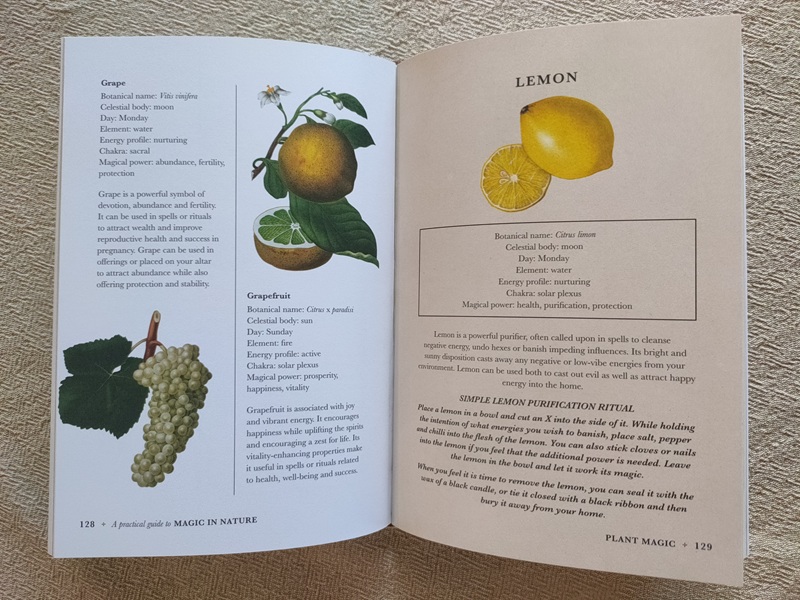
It is flu season in Australia at the moment and I was sick for a week so I combined the Lemon Purification Ritual from p. 129 with some extra elements to support health and strength so I could recover quickly. I placed the Major Arcana 8 ”Strength and Health’ from The Elemental Tarot in the centre of my altar table, collected lemons for purity and health, and oregano for strength, from my garden. From my crystal collection I gathered Carnelian and Bloodstone for health and fire energy, Quartz to amplify the other crystals and for purification. I looked up candle colour correspondences on p. 218 and selected a green one for prosperity and renewal, and a red one for strength and grounding. I had this arranged in my room, with the lemon cut, salted and peppered for one week, then when I was ready I followed the instructions and tied a black ribbon around the lemon and buried it. I kid you not I felt better within a few hours! This was the first time I had tried a spell and I really loved the investigation into all the correspondences and trying to find materials at home that I could use to modify Lahoud’s ritual to include Tarot.
Who would you recommend this book to (e.g. beginners, predictive readers, people with specific interests or areas of expertise) and for what purposes (e.g. different kinds of readings, study, teaching, meditation)?
This book is approachable and would have a broad appeal to people with interests in anything from tarot, to sustainability, meditation, reiki and energetic healing, spell craft or ritualistic practices.
Are there any limitations of the book that you think potential purchasers/users should be aware of?
Not every crystal, spice, plant, fruit or vegetable listed in the A-Z sections have an image in text, so if you are a visual person it might be hard for you to match the item when you are collecting plants or looking at crystals in a shop without additional guidance. It is not a full catalogue or encyclopaedia but a curated selection of elements you can add to your practice. As mentioned, the approach to substitution may prove a little challenging to beginners.
I know that Lahoud encourages you to “trust your intuition” in using the book, but if you are an absolute beginner you may feel a little overwhelmed by the idea of creating a ritual from scratch. I think there was a missed opportunity to provide a methodology in the last chapter. Experienced spell makers may however revel in the detective work required to change or adapt spells.
Overall, this is a well considered and presented book which goes into a lot of detail so the reader has a variety of different access points to step into and play with the world of magic and ritual using natural materials. I love the look and feel of the book and I am definitely excited to use it to enhance my tarot practice. Lahoud has made me more conscious of what I am using in my rituals and why I am using it. After reading this book I am sure you too will start to see a little bit of magic potential in the ordinary things of your everyday life.
About the author
Jessica Lahoud is a third generation gem merchant, and co-owner of Mineralism, which has two shopfronts in Glebe and Newtown Sydney that are brimming with every possible crystal you can imagine. I am quite familiar with both shops, being a former resident of Newtown in my university days, so I am delighted to be able to write about Lahoud’s latest publication A Practical Guide to Magic in Nature. Lahoud is author of Crystal Flashcards (released in 2022), Crystal Companion Book (released in 2023), and The Enchanted Earth Oracle deck illustrated by Amanda Clark that will be released by Rockpool Publishing in June 2025.

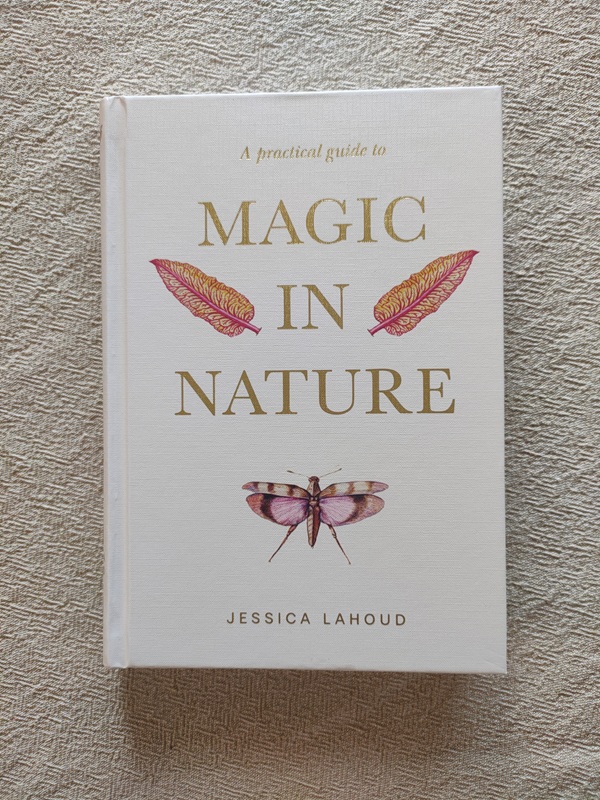
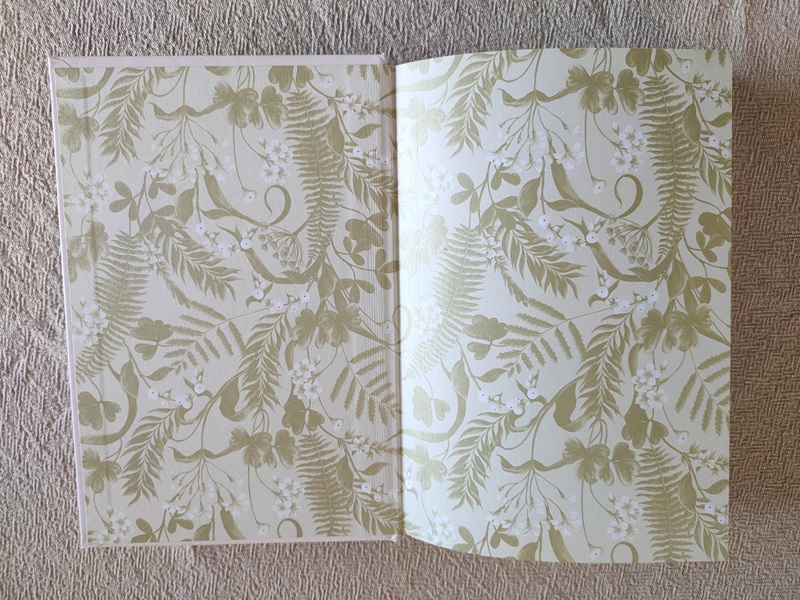
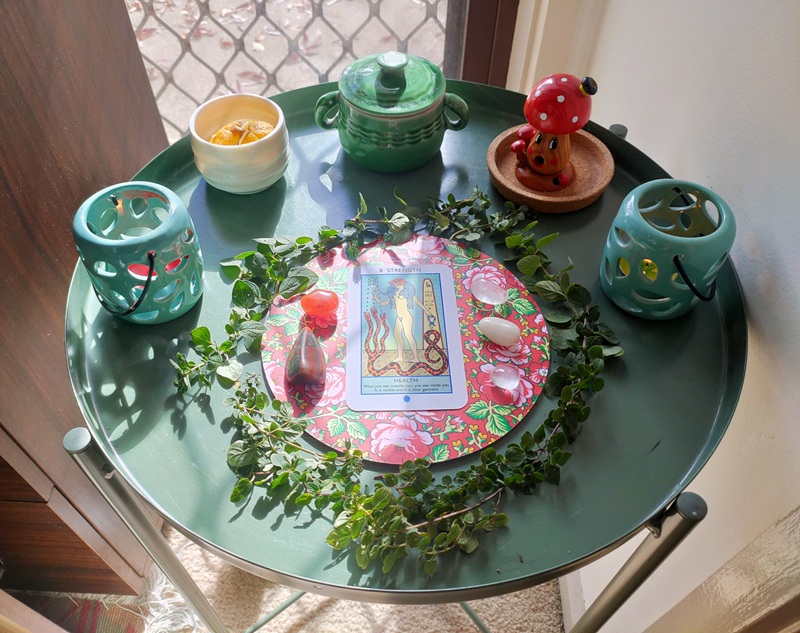
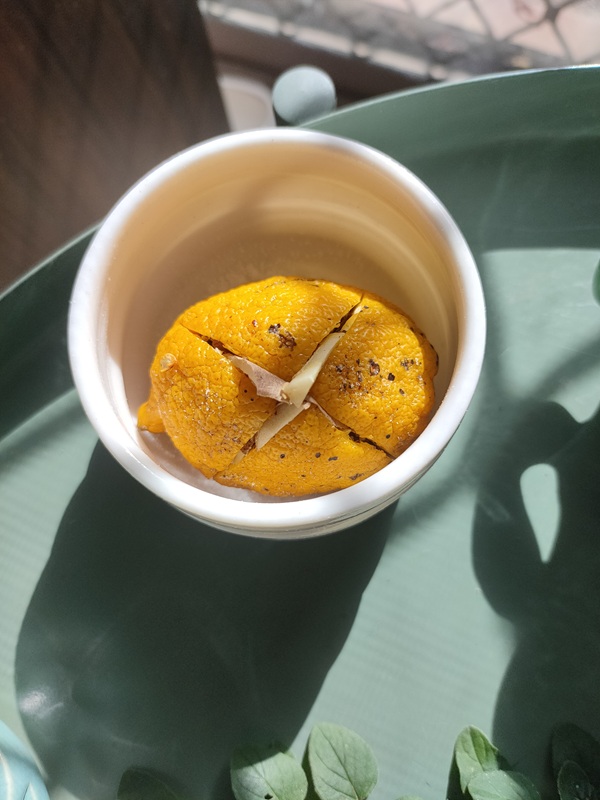
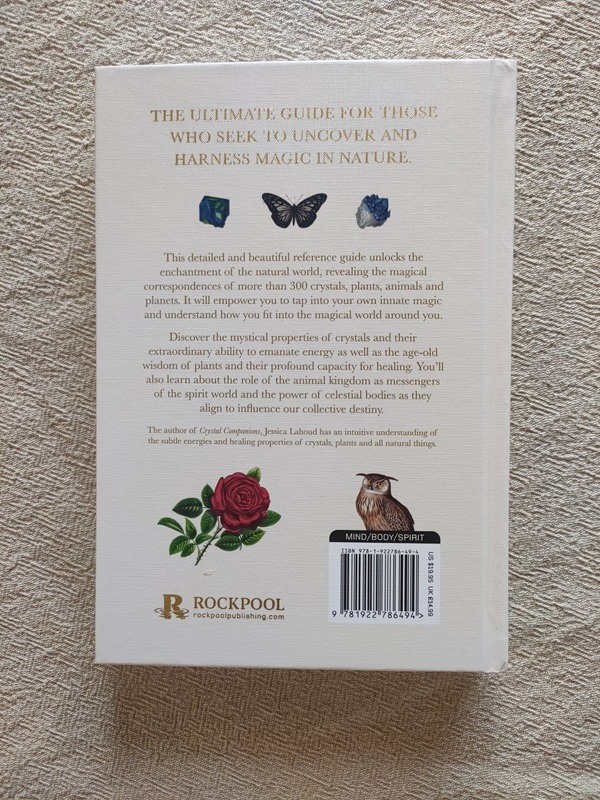
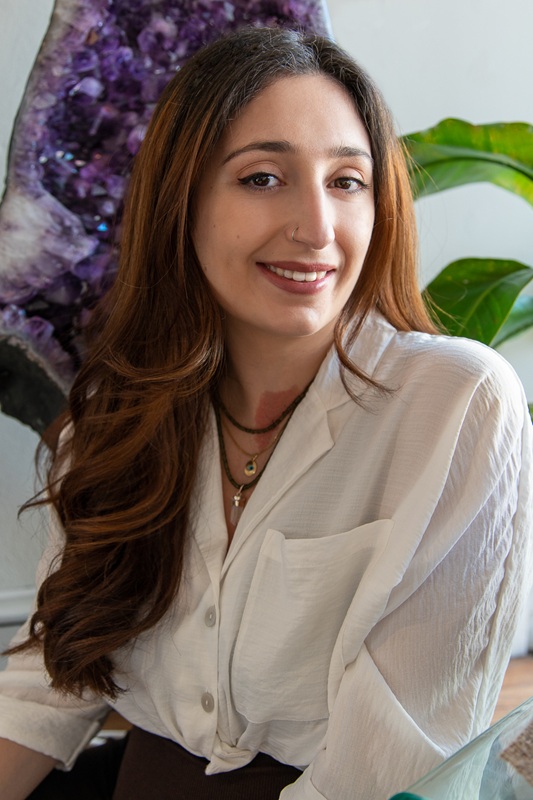




0 Comments